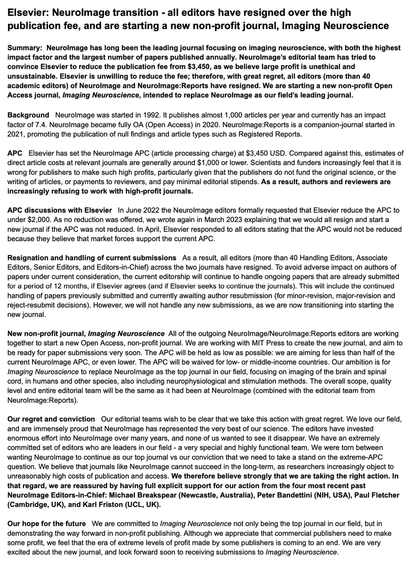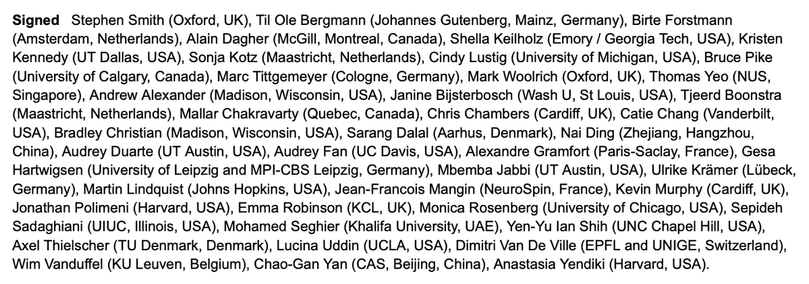Sebastian Michelmann
- 88 Followers
- 72 Following
- 25 Posts
RT @ImagingNeurosci
All NeuroImage and NeuroImage:Reports editors have resigned over the high publication fee, and are starting a new non-profit journal
https://imaging-neuroscience.org
This comes with great regret, and a huge amount of thought and discussion- please read announcement to get more details.
Check out our newest preprint on memory reactivation of real-world spatial orientation during wake and sleep. Featuring @tobiasstaudigl & @b_j_griffiths
RT @th_schreiner
Check out our newest preprint on memory reactivation of real-world spatial orientation during wake and sleep. Featuring @t_staudigl , @mervekutlu_ & @b_j_griffiths.
GitHub - s-michelmann/GPT_event_segmentation: code to perform event segmentation with GPT-3 and test similarity to humans
code to perform event segmentation with GPT-3 and test similarity to humans - GitHub - s-michelmann/GPT_event_segmentation: code to perform event segmentation with GPT-3 and test similarity to humans

